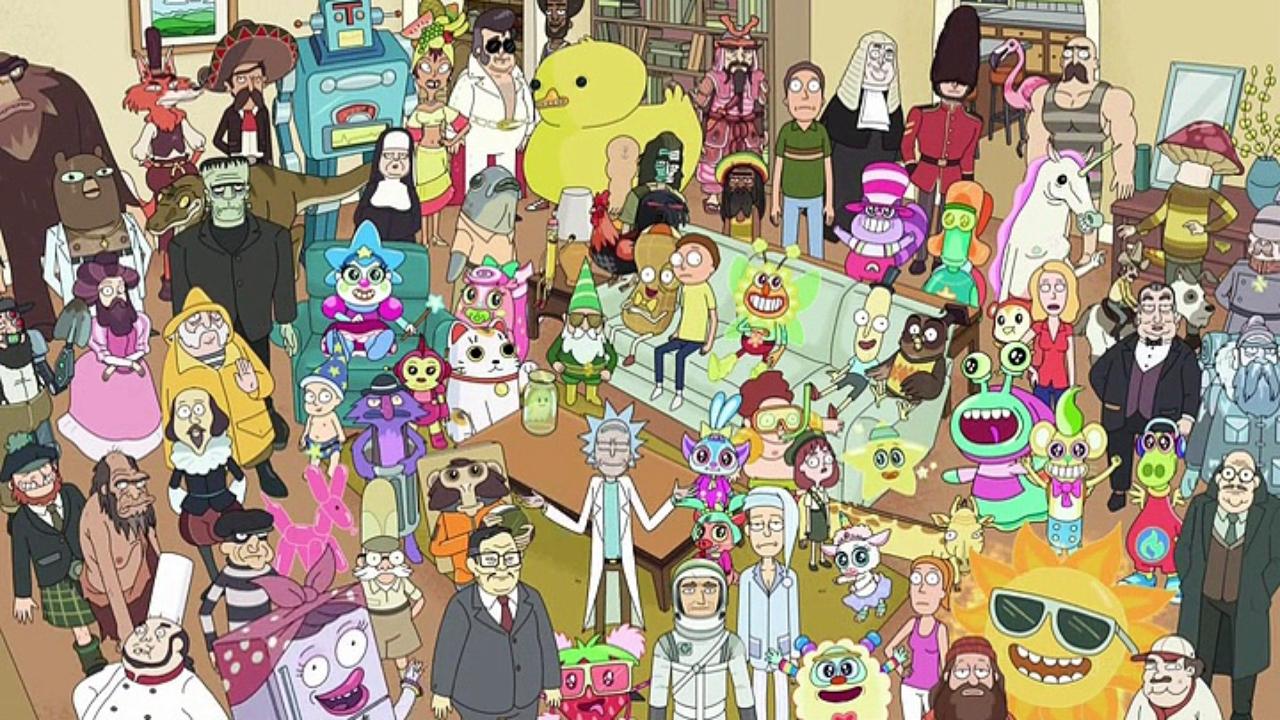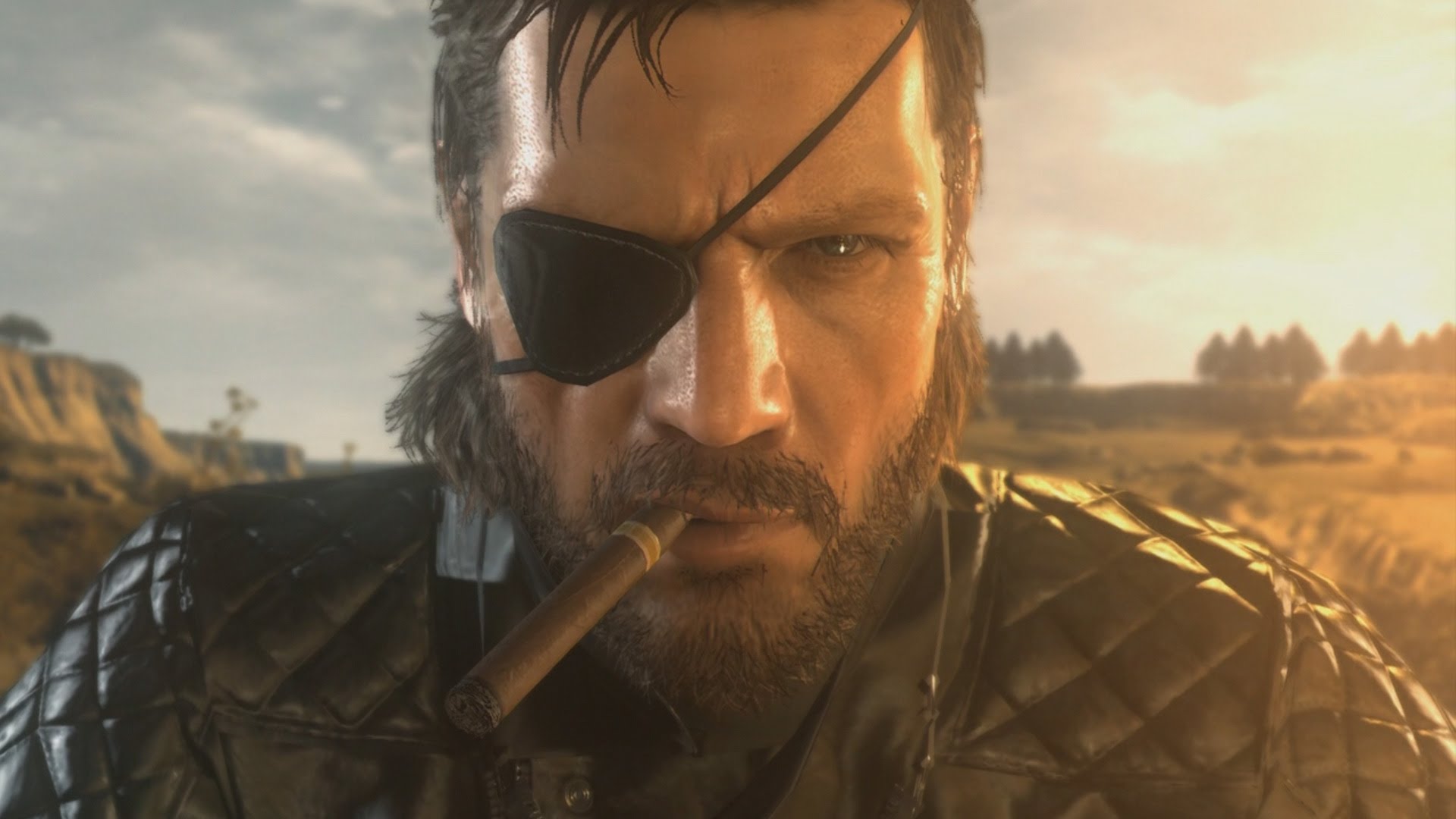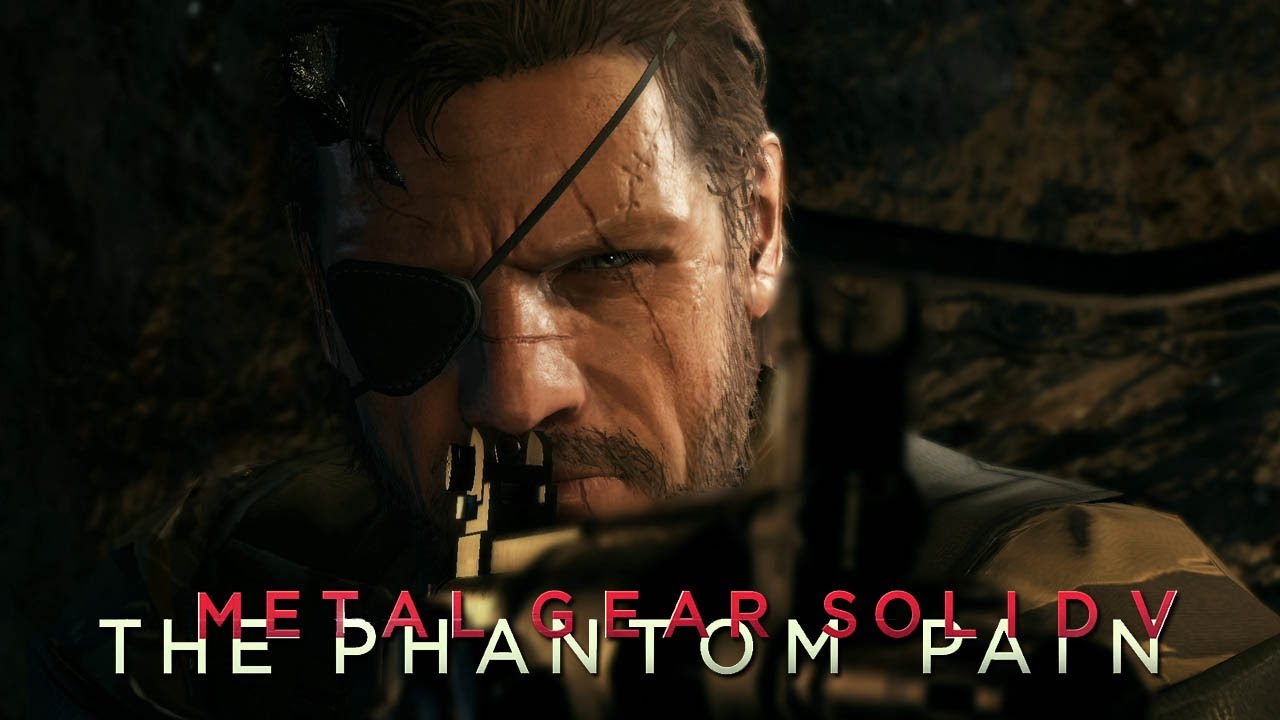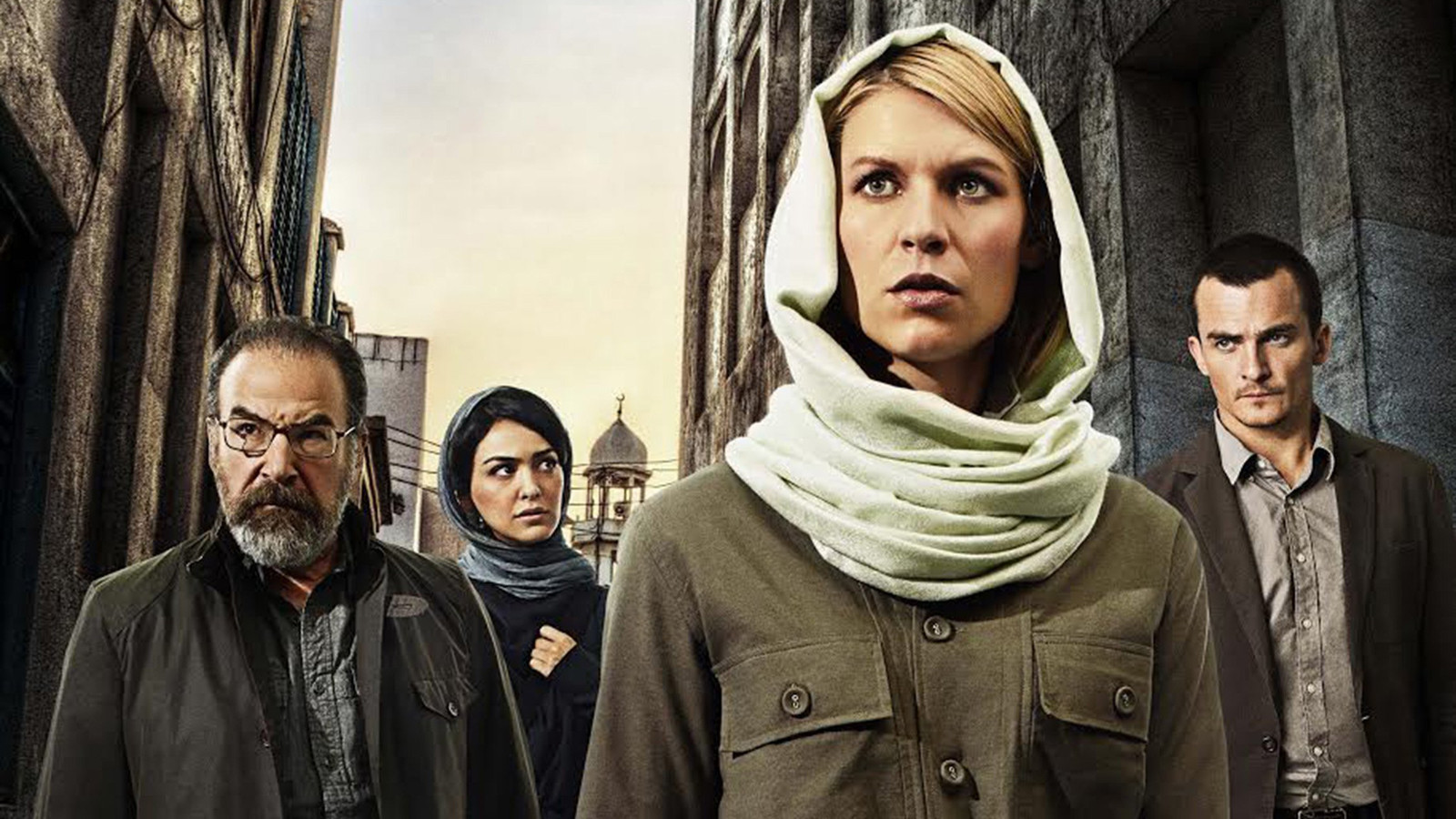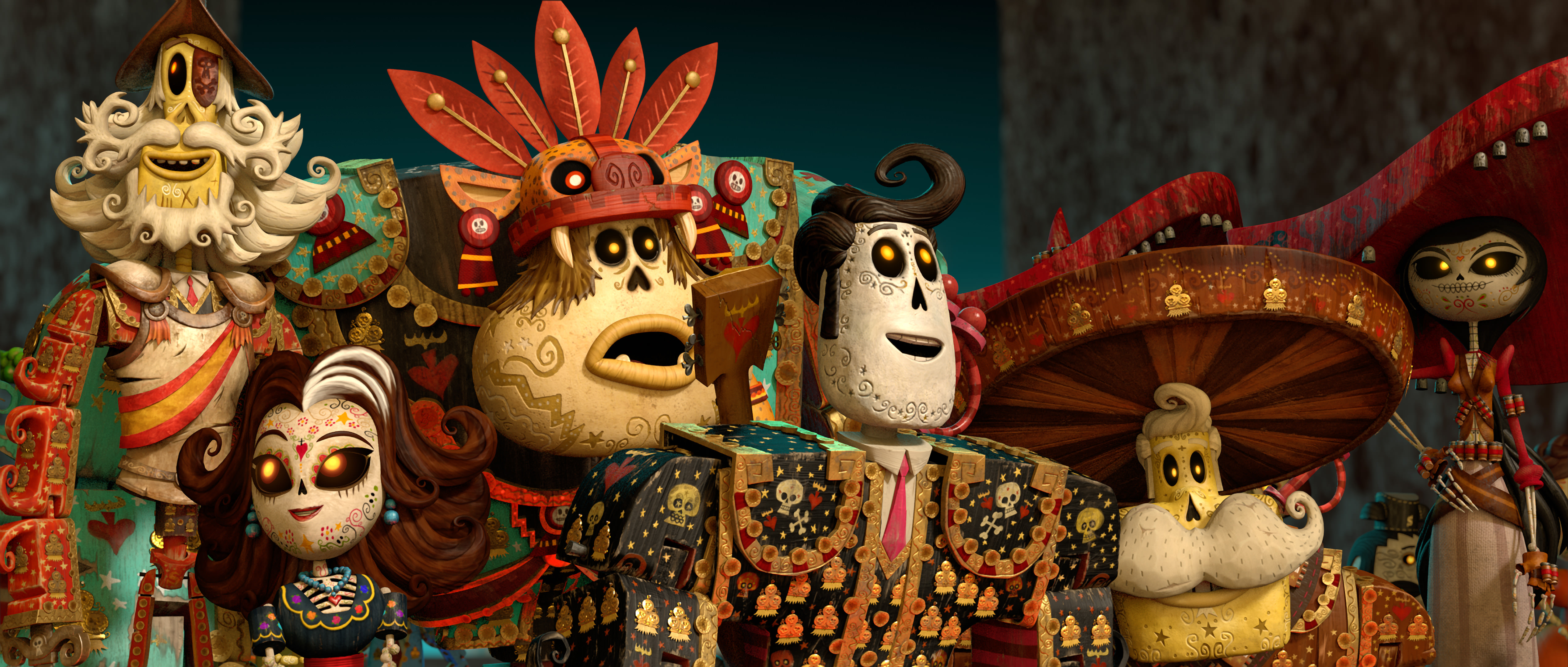
3D animated films are a huge box office draw, but nearly all of them originate from one of three studios: Disney/Pixar, Dreamworks Animation, and Illumination. So when an animated film comes out unaffiliated with any of the big three and gets essentially buried in the marketplace with no real promotion, it’s a bit worrisome. The Book of Life, which was produced by Guillermo del Toro, was such a film, barely promoted online and nearly non-existent in theaters. While far from perfect, it’s a shame that such a creative and culturally relevant piece of entertainment fell by the wayside due to the extreme capitalism of the studio system.
Watching The Book of Life, it is immediately apparent that writer/director Jorge R. Gutierrez and his team did not have the kind of budget that Disney, Dreamworks, and Universal have to throw into their pictures. Characters and textures in the real-world intro are simplistic and awkward, looking inferior to some CalArts student projects. However, once the film transitions into Mexican folklore, the technical shortcomings give way to a brilliant, Mexican-art inspired creative design. Because the whole story is being told to children using wooden dolls, the characters themselves are blocky and made of wood. Meanwhile, the world around them is full of life and color, especially once protagonist Manolo crosses over to the Land of the Remembered.
In addition to the stylistic influences, the film’s affinity for Mexican folklore is downright refreshing. The Book of Life feels like it was crafted by storytellers who grew up with such stories, loved them, and wanted to share them with an international audience. While framed as a story for children, it also works as an introduction to the hallmarks of Mexican culture for culturally unaware adults. At the very least, it serves as an appealing and unique playground for animated storytelling. At its best, it’s enlightening and educational while remaining fun.
The culture and artistic design are not the only things that make The Book of Life unique. It also appropriates popular music from multiple decades to incorporate into its story. This decision is slightly less successful. The most recent examples, such as Mumford & Sons’ “I Will Wait” and Edward Sharpe & The Magnetic Zeros’ “Home,” seem like trendy and relatively appropriate recent choices, but it can be strange when Manolo breaks into a rendition of Radiohead’s “Creep” (a clean version, anyway). There’s a certain novelty factor to hearing such songs performed in the style of traditional Mexican music, but it doesn’t lend much more to the film.
The story itself is largely serviceable, but works well as a vehicle for exploring different elements of the Mexican Day of the Dead. It involves a love triangle, a bet between different guardians of the afterlife, a quest into the lands of the dead to retrieve a loved one, and a climactic battle sequence. In a way, the arc of the journey feels more Greek than Mexican, but Mexican culture is so apparent in the details and look that it’s not a problem.
I would never argue that The Book of Life holds a candle to the Toy Story series, and it probably doesn’t compare favorably to the stronger Dreamworks Animation films like How to Train Your Dragon. However, it’s notable for being a gorgeous, unique foray into a culture that is too often ignored in popular stories, whether they be fairy tales, fantasy stories, or animated films.
